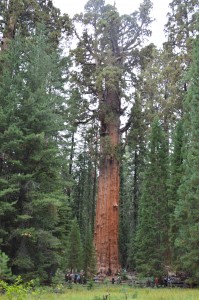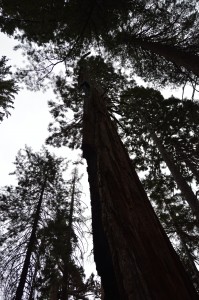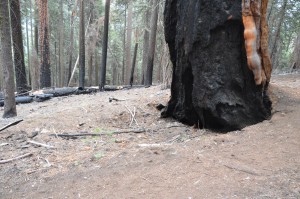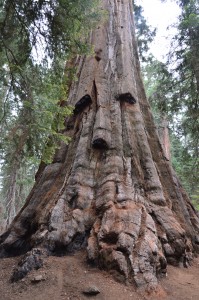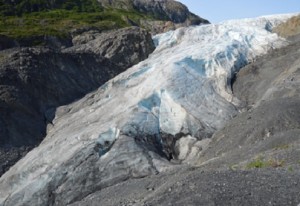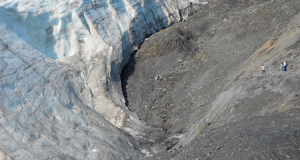I must admit that I’m a bit of a tree-huger. In a recent visit to the coastal redwood forests in Redwood National Park, Humboldt State Park, and…. I witnessed many spectacular natural phenomenon from big trees, to Roosevelt Elk, marbled murrelets, spotted owls, the tailed pacific frog, the Pacific Giant Salamander, and others.
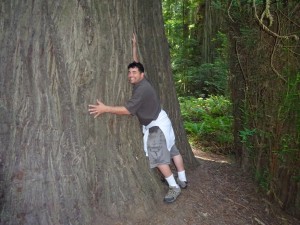

Raised on books like the giving tree and the Lorax trees hold a special and magical spot in my heart. However, I learned some facts that really made me question my view of people who log trees.
Many people, including the people I met, acknowledge that their past practices 1800-1970s were pretty reprehensible. However they are using dramatically different methods.
Fact 1: Most are concerned with the long term longevity of the forest. They consider it a crop and do not want it to expire. In speaking with a small hobbyist, his forest in 1970 was 1.7 million board feet of lumber. He’s sold 1.9 million of board feet since then (2015), and current estimates put his stock at 2.5 million of board feet on his property. Larger commercial enterprises (Green Diamond, HRC,) also have similar calculations.
Fact 2: The above fact points to the fact that Nature Bats Last. While images of a clear cut, or of the logging practices showing a scared land as late as the 1970s, surprisingly, the forests are back and more dense. They recover. While they are not “old growth” they are thriving and practices are in place for sustainability.
Fact 3: Most people harvesting timber practice Silviculture, that is managing their forest to sustain diversity of growth, bio-diversity, and sustainability. They take time to evaluate each tree in a particular stand that they will harvest. The evaluate the effect of wildlife, surrounding vegetation, the watershed, and the overall feel of the forest …tree-by-tree and stand-by-stand. There is advanced modeling larger companies use to preserve the health of the forest and those dependent on it.
What do we want? This is the overriding question. In the 1800s they wanted to eradicate forests in favor of farm and pastureland. The early Yurok and Hupa Native Americans routinely burned the forest…keeping it at bay, in order to encourage the growth of Bear Grass (essential for basket weaving), and keep meadoes in place to encourage wildlife for hunting. Currently we have a love-hate relationship with nature. We want to visit it and revel in its wonder. Yet we also want to control it. We want to control fire. We want to control when and were it can go. We want to use it for recreation and save it for our posterity. We try to remove invasive species that choke out local natives (Such as Ivy, scotch broom, and barred owls…), but we won’t remove ourselves as perhaps the most invasive species of all. We fear too much what will happen if we let nature run its course…because that would undeniable mean things we want to look at today would be destroyed and not pristine until perhaps 100-200 years from now. Our wants as a society are as diverse as mother natures equation.
So we “manage” nature to guarantee it will be what we want, while allowing nature to be what we (with our best intentions and science) understand it to be. Of the many concerns I have about this, two primary concerns come to the fore.
1: The cost and energy required for such an undertaking are immense. We do so because we currently are rich. What is the total energy footprint of this management I wonder. Is it really cost-effective? What will happen when we become poor. This is a “rich white value” and I’m wondering how will we sustain it when things change.
2: Mother Nature’s equation is way to complex for us to understand. Our history is one of doing something today, without fully understanding what the effect will be to other species or over time. We keep figuring it out. We’ll just introduce a toad here, or a snake there, or plant there, and before we know it, we’ve destabilized an entire region. Moreover, mother nature is a killer. There is a constant battle of species dominance and infinite cycles of life and death. When we intervene, we take sides…this interrupts cycles and erodes various species ability to adapt. Rather they adapt to our intermediate habits, and when we change, they fail to change in step. In short we meddle with a system that is beyond our capability of understanding (yet?). The cost has been and will continue to be the destruction of that which we want to save.
